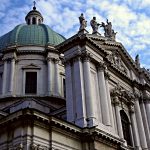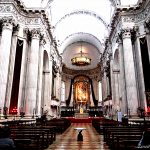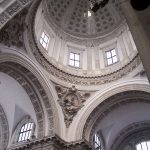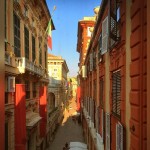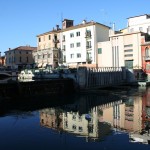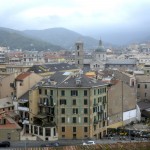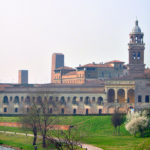Walk down via Garibaldi admiring its stunning buildings
One day tour in Brescia
Let’s go sightseeing around the city centre and tasting some local food
by Aline Medri
Brescia is a city of 196.205 inhabitants in Lombardy, Northern Italy. It’s not often mentioned as a touristic city but it actually has many architectural beauties to offer. Many of them are located in the very centre, that’s why a few hours are sufficient to admire the landmarks of this lovely city!
The simple beauty of Piazza Loggia
If you are visiting Brescia you can’t really miss a stroll in Piazza Loggia, one of the main squares of Brescia. It is circumscribed by a complex of plain Venetian building, most notably the one which names the square, the Loggia which hosts the headquarters of the City Council of Brescia. The square was constructed at the end of the XV century and shortly became the focal point of the city thanks to its position and its proximity to the Loggia.

La Loggia by Flickr user * Ivan Zanotti Photo *
Right in front of the Loggia there are a series of porches topped with the Torretta dell’Orologio (Clock Tower), which dates back to 1546. Besides the beauty of its architecture Piazza Loggia also became popular for the tragic events of the terroristic attack of the 28th of May 1974 in which 8 people were killed and 102 were injured by a bomb explosion during an antifascist manifestation.
The New and Old Cathedrals
My favourite monument in Brescia has to be the imponent Duomo Nuovo (New Cathedral), also called Summer Cathedral of Santa Maria Assunta, located in Piazza Paolo VI right in the middle of the city centre.
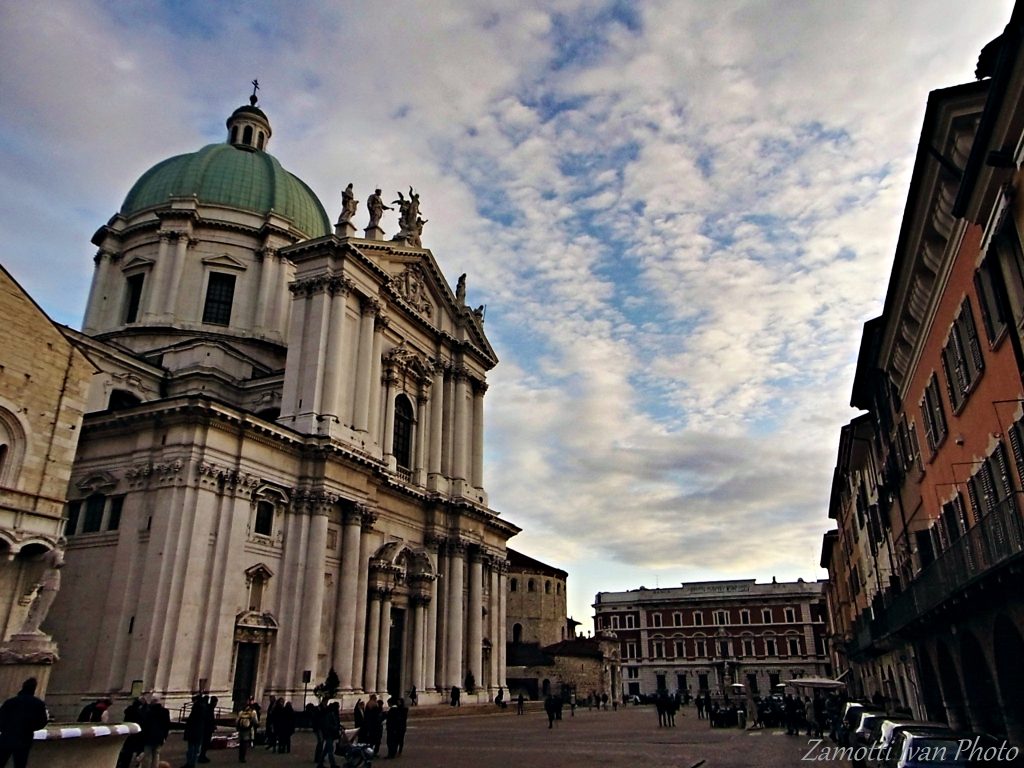
Duomo Nuovo by flickr user * Ivan Zanotti Photo *
This massive church was built, in place of an older crumbling basilica, over a very long period of time, between 1604 and 1825. Agostino Avanzo – the first who took over the planning of the new cathedral – had already a project in mind, but above all he wanted a very large central cupola. This common aspiration of building a great cupola accompanied the whole construction over the centuries, despite the number of architects involved. After Avanzo’s, the young architect Giovanni Battista Lantana presented three new projects, more detailed and modern than the old one.
The main criticism, which was brought forward even when the construction had already started, was that Lantana’s project proposed a modern Greek-cross plan: a new style that many didn’t accepted, preferring the classic Latin-cross plan. Another architect, Pier Maria Bagnadore, proposed a new project, similar to Lantana’s but with a Latin–cross plan. This new project was accepted and preferred. Bagnadore was now in charge of the construction site. The two architects were always argueing on so many aspects about the construction, that works were arrested in many occasions. Many changes were made to Bagnadore’s project, and in the end he planned himself a Greek-cross plan…
- The Cupola and Facade
- Inside the cathedral by flickr user * Ivan Zanotti Photo *
- Inside the cathedral
Works were again interrupted during a season of plague around 1630 and stopped almost 40 years. The construction restarted slowly, the final bulding effort came only in the 19th century. The facade was designed by Giovanni Battista and Antonio Marchetti.
The dome, completed only in 1825, was designed by Luigi Cagnola. The cathedral was badly damaged during the Second World War, with the aerial bombing of the city in 1943. It was restored after the war and resumed its original appearance.
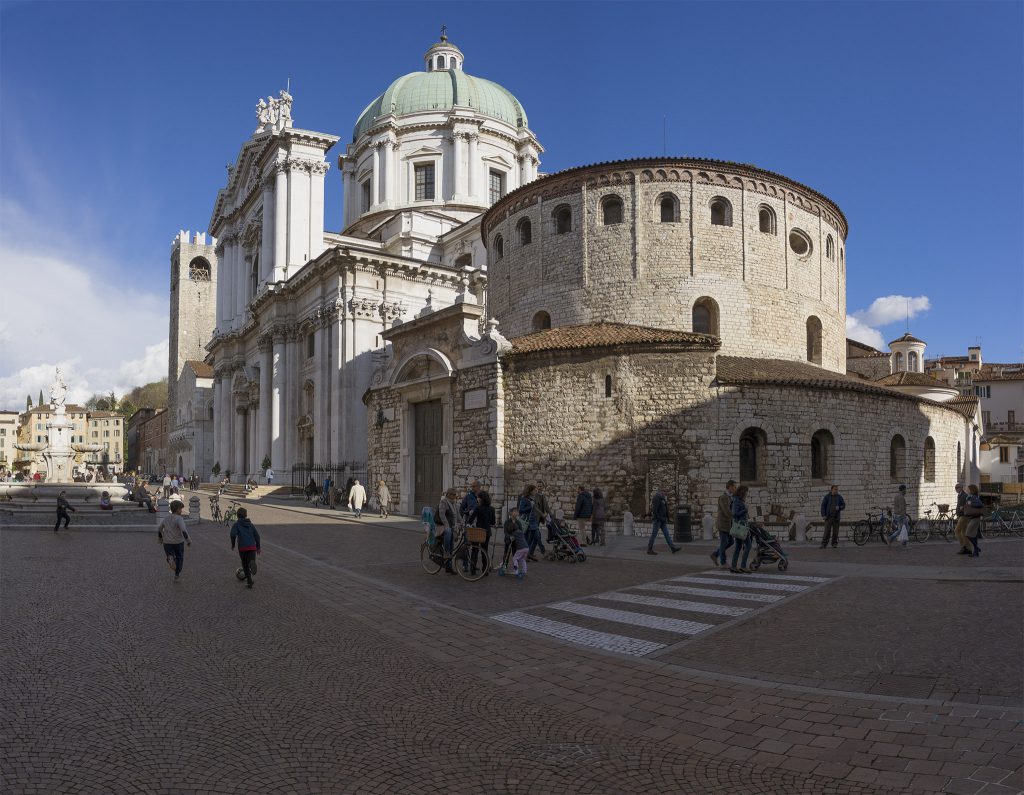
Duomo Vecchio by Flickr user Dino Quinzani
This massive Baroque church towers over the small round and rustic Romanesque church of the Old Cathedral of Brescia, the Duomo Vecchio, or Winter Co-Cathedral of Santa Maria Assunta. The construction of Duomo Vecchio started in XI century and was probably already finished in the first half of the 12nd century. Even though it was subject of renovations and expansions, it basically maintains its original romanesque structure. That makes it one of the best persevered romanesque ‘rotonda’ in Italy. The first expansion was completed at the end of the 16th century and involved the addition of the presbytery and the apse. The second one was completed during the second half of the 17th century. The cathedral includes also a crypt, which belonged to the old basilica built in VI century but was restored in VIII century. The inside of the cathedral is rustic and plain along the lines of the romanesque architecture and is faithful to its original look thanks to the 19th century restoration by Luigi Arcioni.
The Roman Capitolium
The Capitolium – or Temple of the Capitoline Triad in Brescia – was the main temple in the center of the Roman town of Brixia (Brescia). It was dedicated to three gods: Minerva, Jupiter and Juno. The ruins of the temple, currently located in Piazza del Foro, right in the historic centre, together with the ruins of the roman amphitheatre and of the old forum is part of one of the most important archeological sites in Northern Italy. The complex was also declared a world heritage site by the UNESCO.
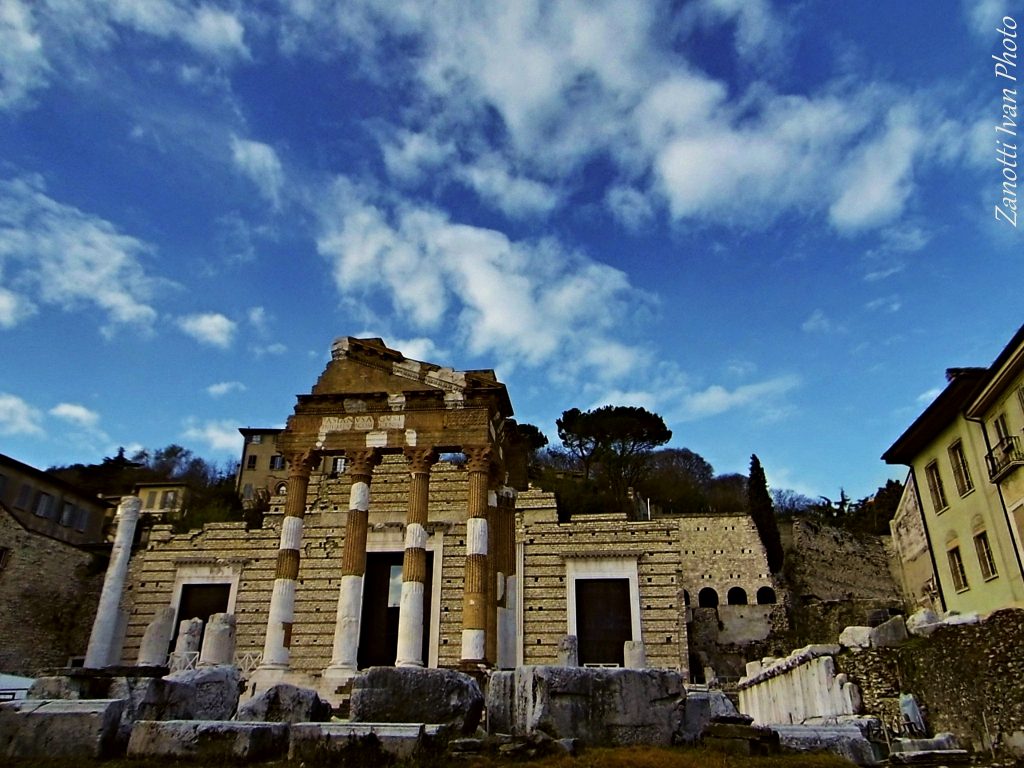
Capitolium by flickr user * Ivan Zanotti Photo *
The temple was built in 73 d.C under request of Pope Vespasian. This is attested by the writing on the pediment which reports his name. Unfortunately the temple was terribly damaged by a fire during the 4th century barbarians invasions in Europe and it was never reconstructed, it was later buried by a collapse of the adjacent Cidneo hill. It was brought back to light only in 1823 thanks to the municipality of Brescia. The temple was then partially reconstructed between 1935 and 1938, following a project which allowed the complete restoration of the only column still intact (the leftmost). The current location, Piazza del Foro, imitates the original one though it was raised at 4.5 m above the ruins.
Local food and drinks
If you’re willing to try the italian style aperitivo (happy hour) in Brescia you must try the typical drink called Pirlo, which usually contains white wine, Campari (or Aperol) and seltze. For dinner or lunch you could try two local foods: i casoncelli (or Casonsèi, in the local dialect), a kind of meat-stuffed pasta, and lo spiedo, a mix of different meats cooked on the spit with butter and herbs.
- Casoncelli by flickr user « R☼Wεnα »
- Pirlo
- Spiedo bresciano by flickr user M@rcello;-)
Aline Medri
Main Pic courtesy of Flickr user * Ivan Zanotti Photo *

